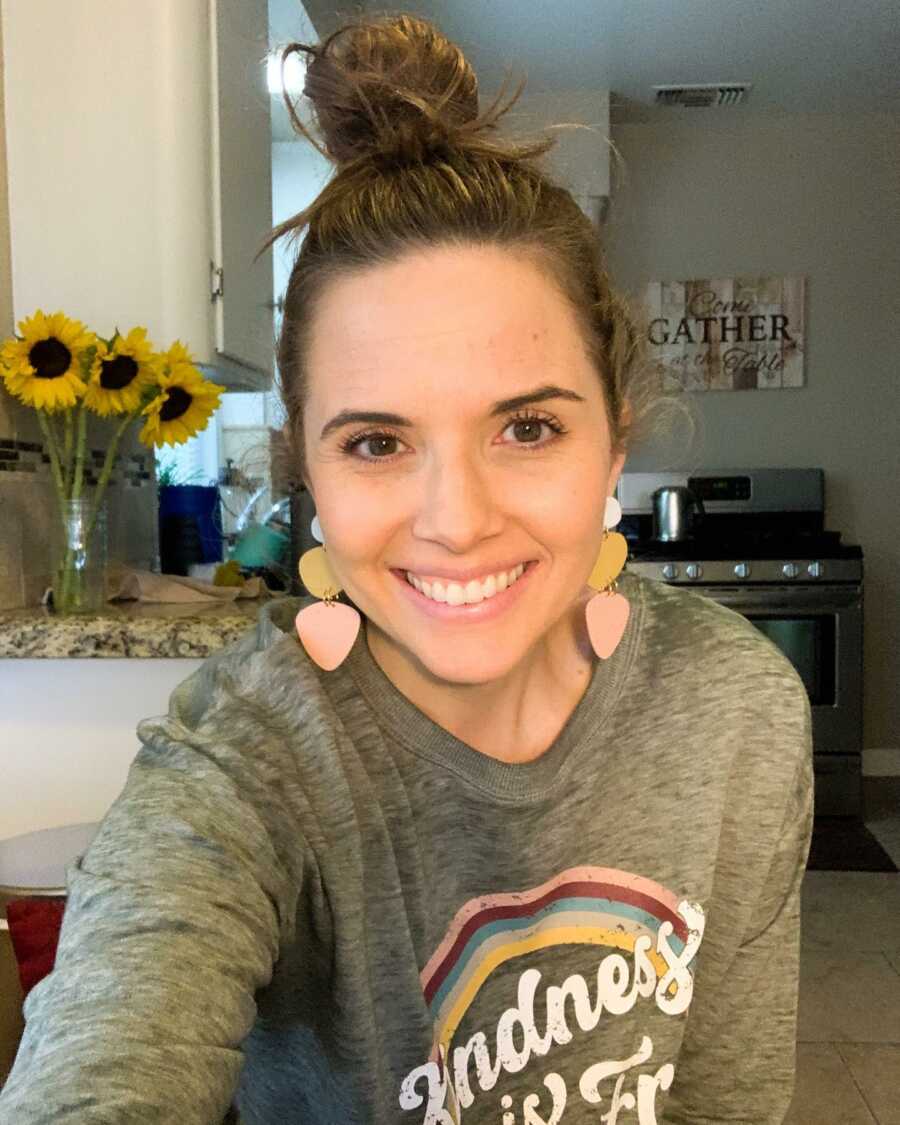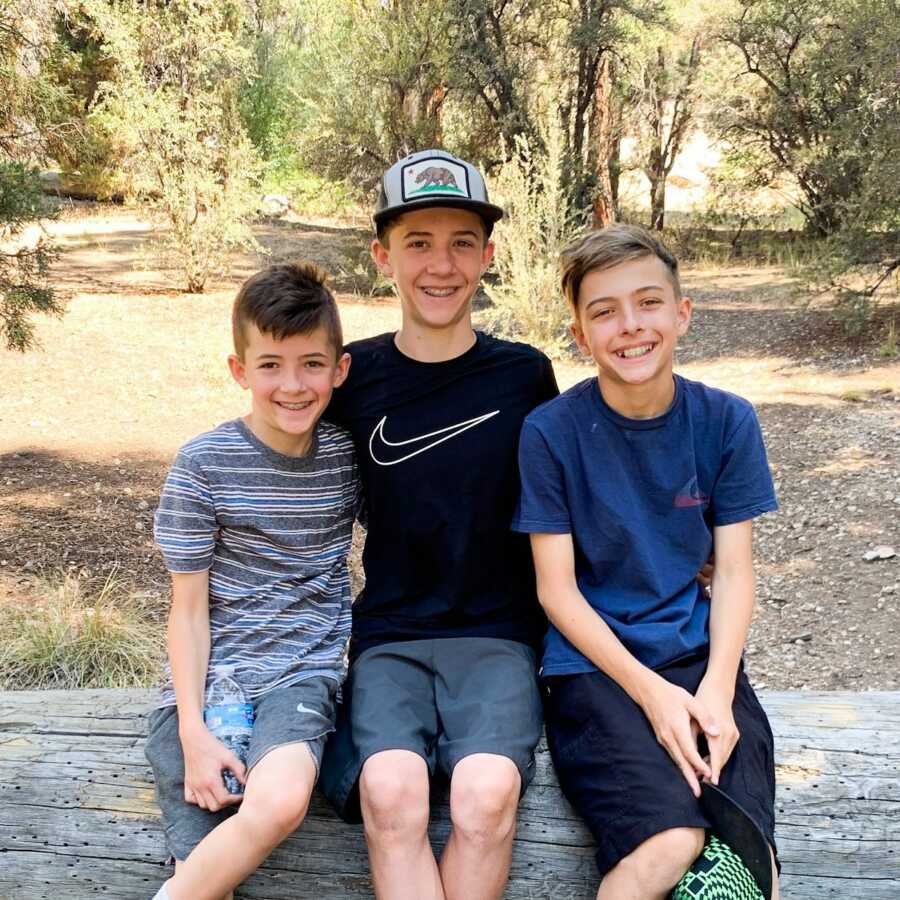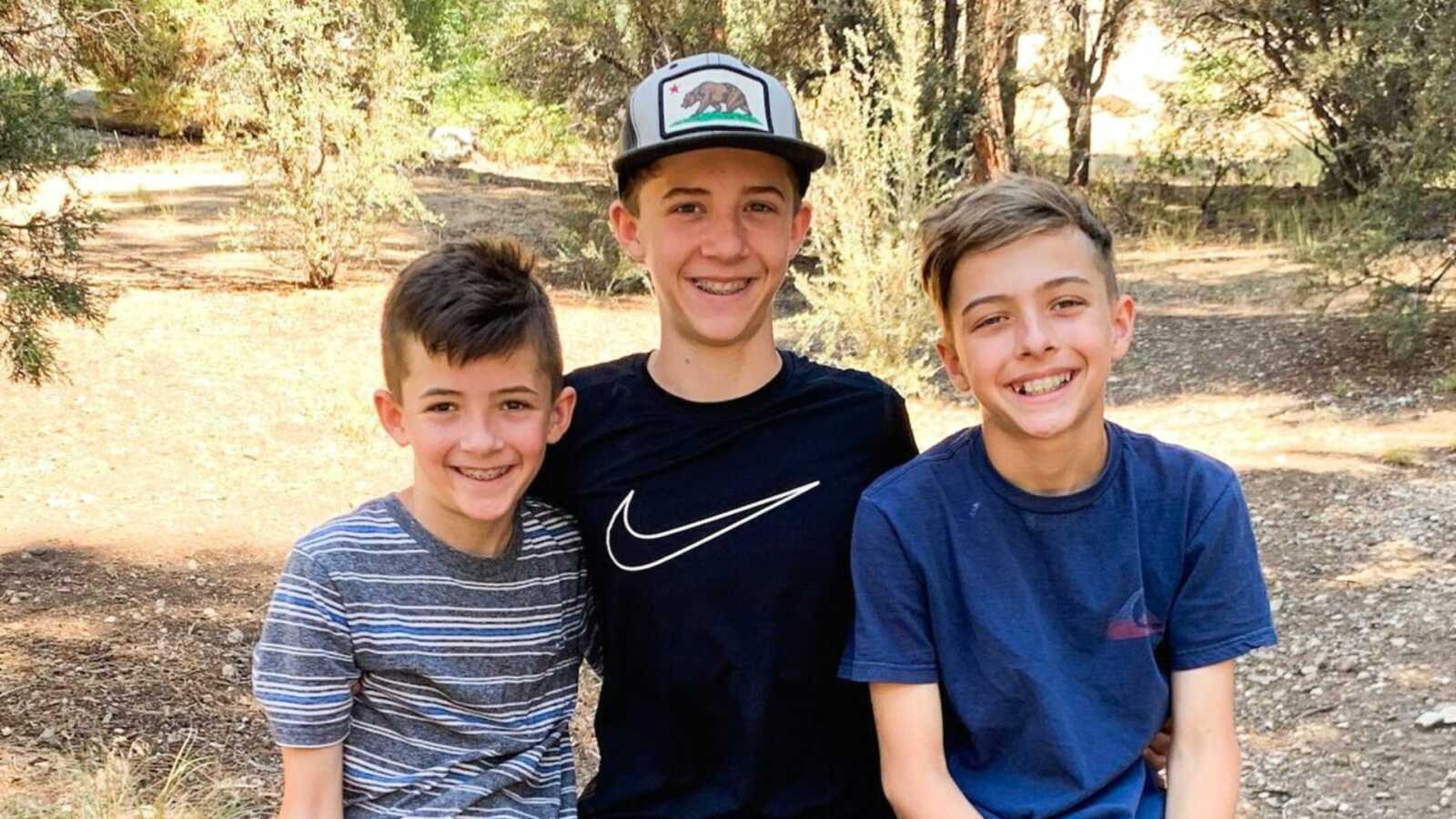Anxiety Growing Up
“As a kid, I often came through the front door bloodied from running through the rose bushes or falling down trying to race the wind on my rollerblades. The bright red scrapes and scratches didn’t bother me. I liked being rough and tough. So when I started to complain of frequent back aches, my mom knew it wasn’t a matter of having a low pain tolerance.
We tried stretching and heating pads and warm baths. But as the pain persisted, my mom didn’t hesitate to take me to the doctor. Unfortunately, several thorough examinations left us without any clear answers. No physical injury or abnormality could be detected. So what was the deal?
One day a doctor switched from asking about all my physical activity and started asking about my mental and emotional wellbeing. Was there anything particularly stressful happening at home? Actually, yes. My parents had recently separated and my dad moved out.
My doctor and my mom finally solved the puzzle of my pain: My body was having a physical reaction to mental and emotional circumstances. I was literally storing my stress.
Now as an adult with a diagnosed anxiety disorder, I can look back on my life and see how my anxiety manifested in several ways my family and I didn’t have the education to identify at the time. I never told anyone about my racing thoughts and feelings of being outside my body — because that sounded crazy. I didn’t know when I became paralyzed with overwhelm as a high-achieving student, it was my anxiety kicking into action.

Helping Your Child With Anxiety
In the ’80s and ’90s, mental health wasn’t a mainstream topic of conversation. Yet my mom could sense when something was off with me. I remember being allowed to stay home from school and taking a note to the office the next day that gave ‘overly tired’ as the reason for my absence. I didn’t really understand what it meant since I was getting the same number of hours of sleep each night. But I see now it was my mom’s version of offering a mental health day. She saw I was not fully okay — and made space for rest.
As parents, grandparents, teachers, coaches, aunts, mentors, and friends, we all have the privilege and responsibility of paying attention to children and adolescents. We don’t have to be trained mental health professionals to sense when something is off. We simply need to be attentive to the young people in our lives.
I’m the mom of three boys and have often made this verse my desperate prayer. Just like my mom couldn’t see what was happening inside my mind and how it was affecting my body, there have been countless times I’ve looked into the eyes of my own anxious child and felt at a loss for how to help. I’ve wiped tears and witnessed tantrums and received anger. I’ve listened to worry and sadness and a kid who feels like no one understands.

Here are three coping strategies that might help your anxious child:
1. Practice gratitude
If your child is fixated on the negative, help them create new mental pathways by practicing gratitude. During a time when my son was prone to rehearsing all the bad things that had happened or might happen, we encouraged him to say three good things he was thankful for that day. Ending the day with gratitude trains the mind to see the whole picture.
2. Journal what is known
At the height of the pandemic, my friend’s daughter was extremely anxious about the ever-changing restrictions and guidelines. My friend would repeat the same information over and over again, but it didn’t help ease her daughter’s mind. I suggested she have her daughter write down what she knows. Then, when she’s feeling anxious, she can read back through her own words and write down additional questions. Her mom could then read the journal to check her daughter’s understanding and offer additional clarity and encouragement where needed.
3. Take five deep breaths
Shallow breathing is linked to increased anxiety, while deep breathing signals your nervous system to calm down. If your child is anxious or agitated, teach them ‘box breathing.’ Start by exhaling to a count of four. Then hold your lungs empty for a four-count. Inhale to a count of four. Hold the air in your lungs for a count of four. Exhale and begin the pattern again. Breathing five ‘boxes’ will help your child feel more centered and relaxed.
One of the worst things about anxiety is feeling alone in it and fearing it will never change. Your job is not to fix your child or their problems, but you can let them know you are right there with them and together you’ll find healthy ways to cope.
If a child you know is struggling, listen to them. Believe them. Sometimes that might mean taking them to a doctor or therapist. Or simply just lean close and be with.”

This story was submitted to Love What Matters by Becky Keife. You can follow her journey on Instagram and Facebook. Be sure to subscribe to our free email newsletter for our best stories.
Read more from Becky here:
People With Anxiety And Depression Don’t Always Look Like They Have It
SHARE this story on Facebook with your friends and family to let them know a community of support is available.

